How to Create a Homeschool Portfolio – What to Include
Deciding what goes in your homeschool portfolio is going to be incredibly subjective. It will be determined by the laws in your state as to what is needed. I will be sharing what we include, but you may want to skip some things and add others in. The homeschool portfolio purpose is to show progress for your student during the school year. However, it also is part keepsake for that child.
Let’s start at the Beginning
The first item to include would be a table of contents. This helps to keep things neat and organized. It also helps you when referring to certain items during the review process. Each of the sections in the homeschool portfolio have a laminated cover page with a tab saying what that section is. The tabs help you to open right up to different sections easily.
The next section is the state homeschooling laws for your state. It is always good to have a copy of these, especially if you are in a high regulation state. Highlight the pertinent information to your specific homeschool. I believe that generally most evaluators are quite accommodating to homeschool families. However, making sure that you have the laws printed out and available in your homeschool portfolio helps if there are questions that are veering off the path of what is required in your state.
Keeping Track of Attendance
You will want to include an attendance chart. Most states require you to show a specific number of days that you did school during the previous year. This is easy to keep in the front of your homeschool planner to check off the days as they come. I have one that you can print off below. You can use this if you did not keep one throughout the year, but still kept track of your days in a calendar. Sign up for my e-mail newsletter below and you will receive it immediately.
It is easy for a teacher to look at this attendance chart at a glance and know that you completed the required number of days of school for your state.
Include an “all about me” page for fun!
The next page is more of a fun page for your kids to put together. It is an “all about me” page. It is nice to print off a picture of your student, have them write their name if they are able, what school year it is, how old they are, and some of their favorites. We do start of the year and end of the year interviews with our kids, and it is fun to see the changes over the year. It would be nice to add a first day of school and last day of school picture, to see their physical change as well, but it isn’t necessary. If you have the general student information, name, birthdate, school year; that would be the most important information.
Some states require examples of a weekly schedule. You can include this here. Either make copies of some of your weekly plans throughout the course of the year, or make a general “this is a typical week” schedule to include. This helps the teacher to understand the flow of your week. It also shows how often you are working on specific subjects. This is not needed in our state, so I usually skip it.
Homeschool Portfolio Subject Areas
The next sections are really the bulk of your homeschool portfolio. You will want to include a cover page for each subject that is required in your state. In the state of Maine we need to show progress in nine subjects, two of which do not apply to my kids yet. The subjects are:
English and Language Arts
Math
Science
Social Studies
Physical and Health Education
Library Skills
Fine Arts
Maine Studies (one grade between grades 6 and 12)
Computer Proficiency (one grade between grades 7 and 12)
For each of these subjects you should include a description of the curriculum you used. Curriculum does not mean textbook and workbook. It means a description of what you did for that subject area. If your family primarily unschools this could be a short paragraph telling what your student studied in each of the subject areas. It doesn’t need to be a daily schedule of what went on, but rather an overview of scope and sequence to give the evaluator an understanding of what your student was working on throughout the year.
A list of books for each subject should follow the description of the course of study. We primarily use a literature based approach to homeschooling, so there are a lot of books to list. I like to separate them into different subjects because that is easier for me, however you could make one main book list and put it in its own tab, rather than including one with each subject area.
After the book list, this is where you want to include samples of your child’s work throughout the year. In Maine we want to show progress throughout the year. For some subjects – like Math – it is easy to show progress by pulling out several samples from workbooks. You can also use reports from programs like xtramath.org which shows the student’s progress.
When you don’t have paper samples, or they are too large, this is where pictures of projects and science experiments come in handy.
Subjects that are Hard to Prove
In the physical and health education category include certificates of completion. This is for the sports that your children are involved in, and include pictures of the kids participating in the sports. Other ideas are swimming certificates, and pictures of your kids doing yoga during the week. Pictures of hikes, or a list of places you have hiked. Another option is a meal plan that your children have created and pictures of them making food.
Homeschoolers love the library and visit regularly. Have your local children’s librarian give you and your kids a tour of the library. Teach them to use the computer system to look up books and other resources, and then have the librarian sign a form saying that you have covered “library skills.”
Fine Arts can be covered by the art portfolio we talked about in the supplies portion of this series. Alternatively, use piano lesson certificates, pictures of art projects completed, and samples of art studies or music studies you have done throughout the year. Once you sit down to work through the subjects, you are able to see what counts in these more obscure, less concrete subject areas.
Book Lists are a Must!
Following the subjects section you can include a list of free reading books that your child read. Which would be any books that they picked up for fun or that did not coincide with a specific subject. You can include audio books they listened to as well. Then also put another lists of books you read aloud to your kids. Not every book has to be a school book. For example, we have been reading through the Harry Potter series and the Chronicles of Narnia series. Yes, these could probably count as English and Language Arts, but we are reading them purely for enjoyment, not to do a report at the end.
After this final book list you can put a list of your field trips, if you went on any. A description of the place, and a brochure, or some sort of proof you went on the field trip. It depends on the state as to how in depth you need to go to “prove” what you did.
The Un-categorized Information
At this point, include all the extra information that you didn’t include in a subject area. This means extra pictures or other documentation.
Oftentimes when I am putting together my portfolio I find that there are pictures that give a general idea of what our days are like, but don’t belong only in “history” or “language arts” so I will put them at the back, in chronological order. I think this has a better effect to give a broad understanding of what we are doing every day, and how our homeschool functioned as a whole.
After the pictures can go any other types of information you may want to include in the portfolio, but that doesn’t have a specific category. Again, it will depend on your specific state to find out exactly what you need to include. The HSLDA has a handy map which lists out the requirements for each state – this would be a good place to start.
Does your state require a lot of oversight when it comes to evaluating your student each year?
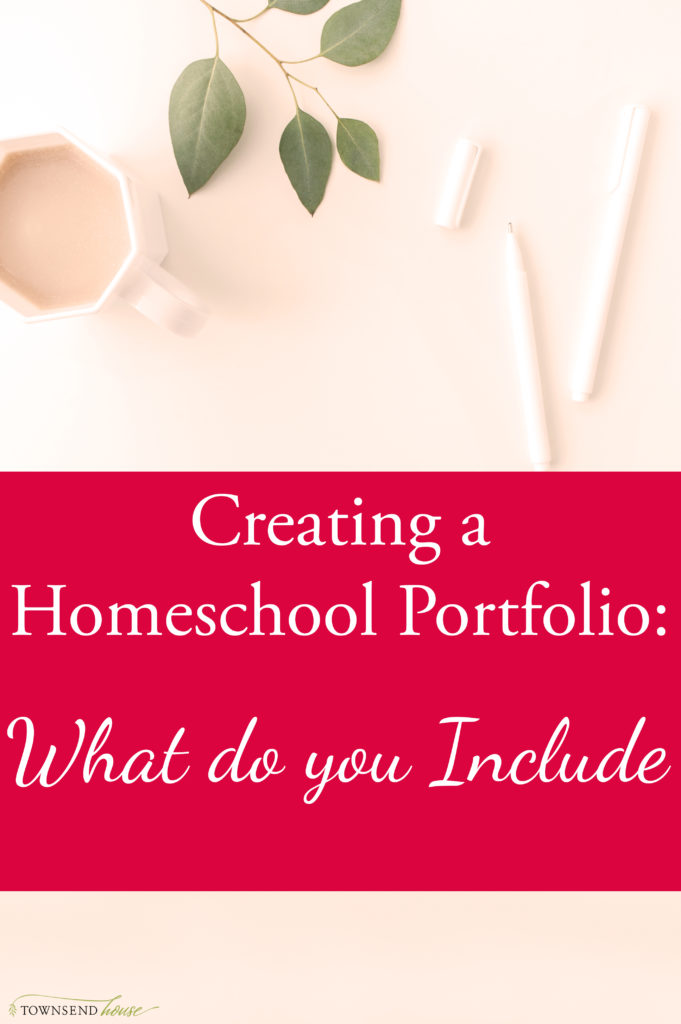

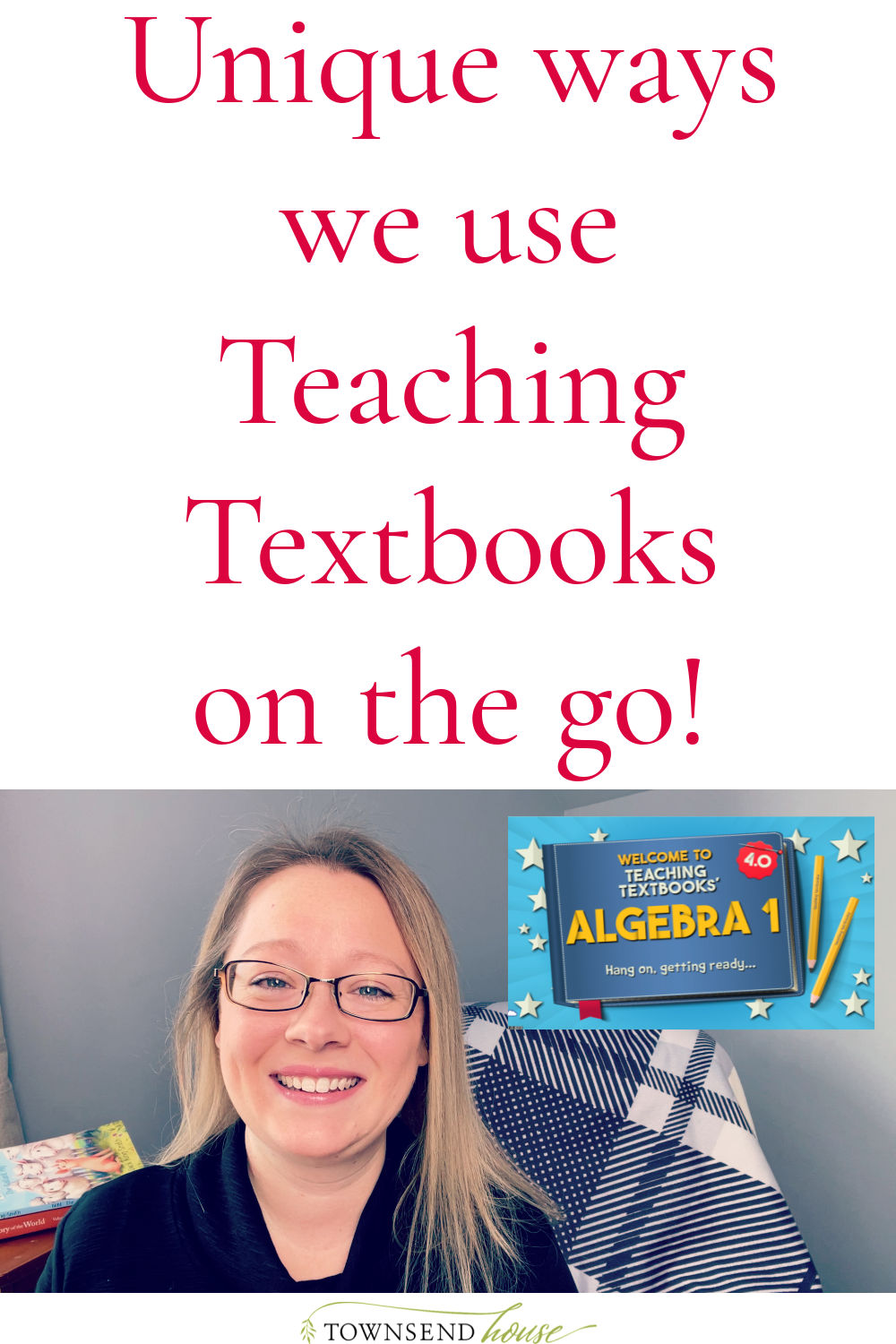

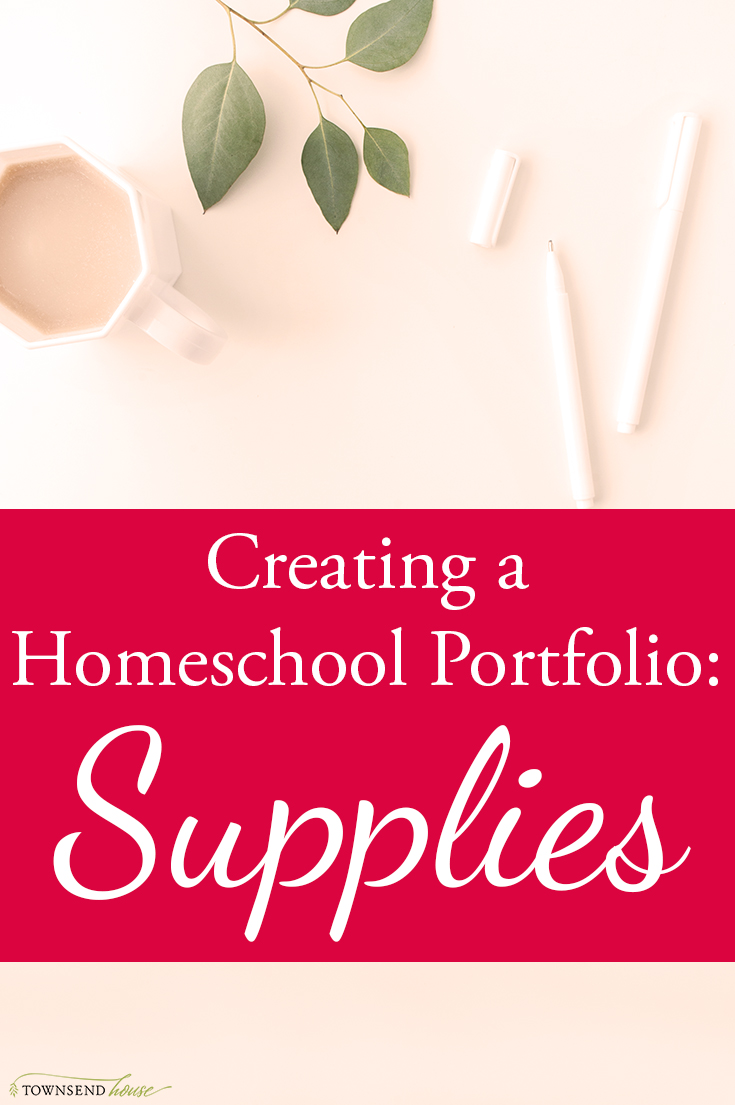
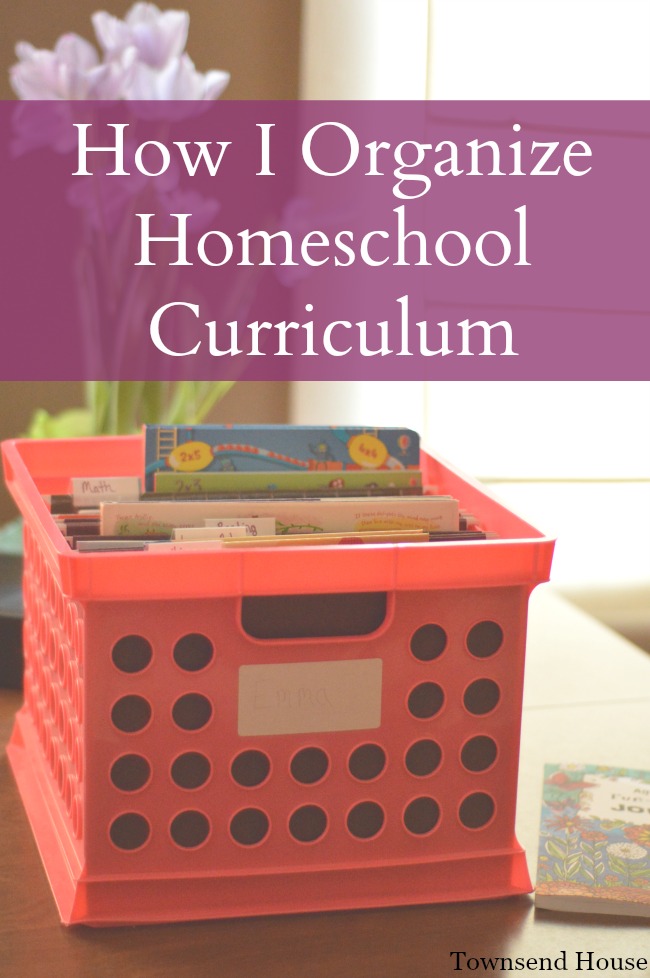
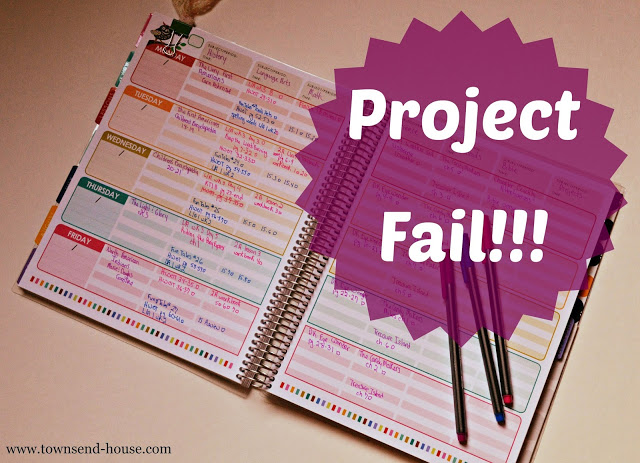
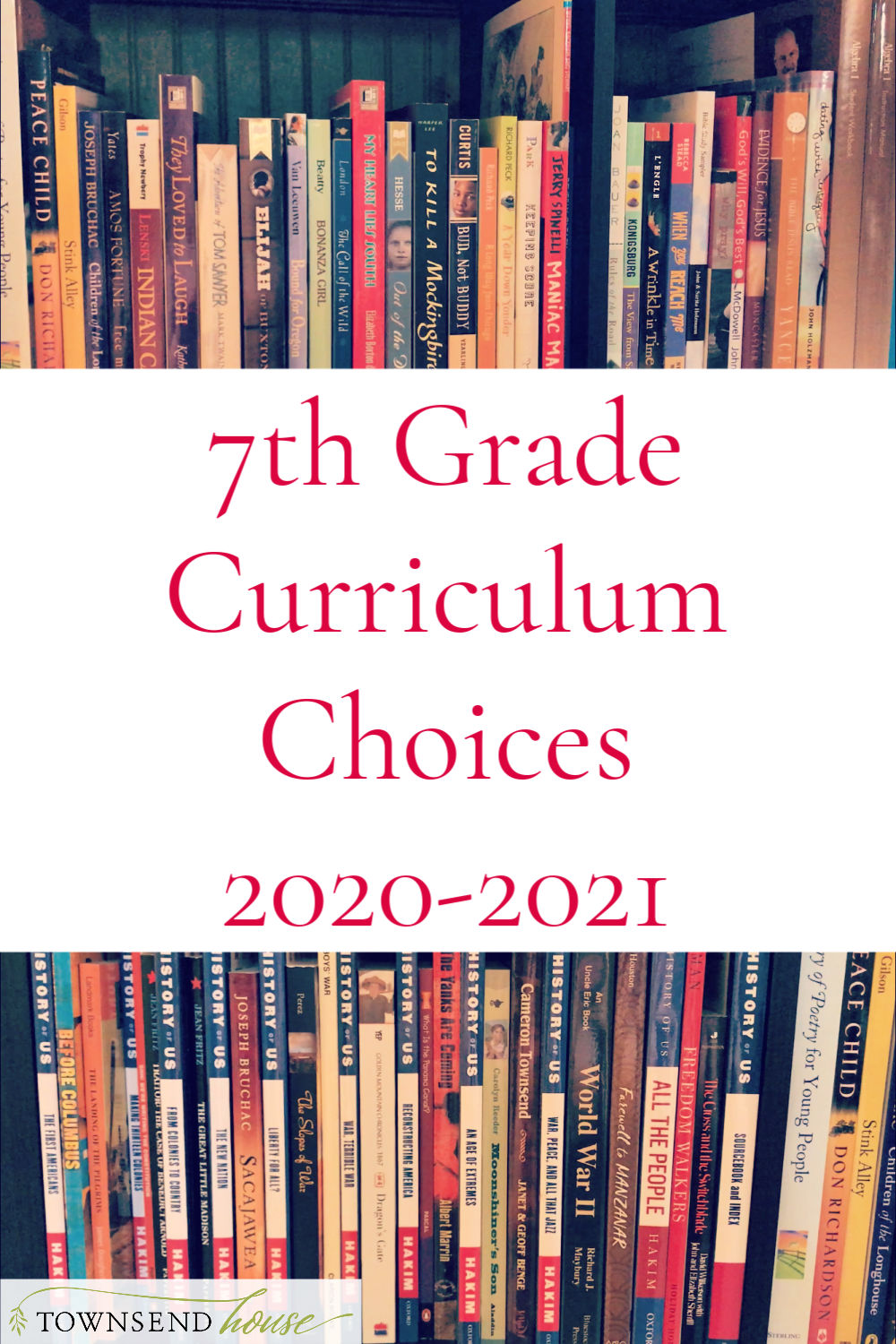
I am a first time homeschooler to a first grader. I have been stressing about “have I done enough?”, “will we fail our portfolio?”. Reading your post made me feel SO MUCH BETTER! Thank you!
I’m so glad it was helpful for you! Please let me know if you have any questions I can answer or if you want to talk through any planning for next year 🙂
Thank you! I am in the process of putting the finishing touches on our portfolio. I think I did pretty well. I hope…Then I move on to planning next year which I already have outlined but stay tuned. I may ask you some questions soon. Happy Summer!
Definitely let me know if you have questions!